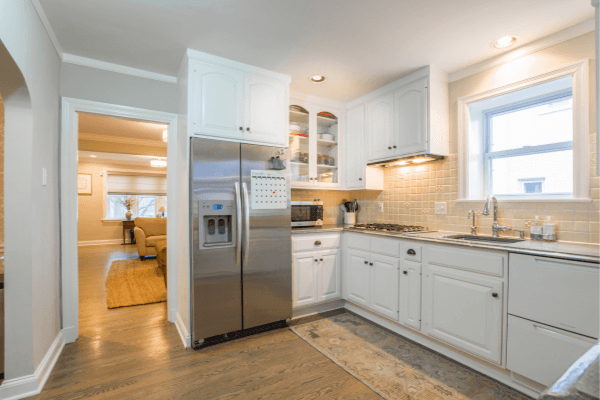5 Ways the Internet of Things Will Affect Retail
The Internet of Things (IoT) is transforming the retail industry in multiple ways. It is already used in stores, with its use in the retail world being estimated to be worth £70 billion by 2024. For those that are new to the term, the Internet of Things is the digital connection of products which allows data to be easily shared between them.
1. Automated Checkout
Self-checkout’s in stores are no longer a luxury. They make shopping super convenient and remove the need for human interaction. The IoT will take this one step further with the introduction of automated checkouts. It will be able to track the products consumers leave the store with, automatically charging them for what they’ve taken. However, the products will need to be tagged with a chip, that currently cost about 15p each, so this will only work for products over a certain price bracket but in the future that price will most likely drop right down.
2. Keep Track of Products
The IoT in retail can also be used to optimise supply chain management. Shelves and robots can detect when products are running low on inventory, what products are in the wrong location, and if sell by dates are expiring. It can also check if a product has been stolen. While a lot of people wouldn’t trust a robot to interact with their customers, they would trust it to perform mundane tasks, or assist with keeping their retail store secure.
.png)
3. Personalisation
We all know how popular personalisation has been, and will continue to be, in the retail industry. The Internet of Things can help assist retail stores in their aim to personalise how they communicate with their consumers. It allows the retailer to pinpoint who is in their store in real time, so they can send them updates and discounts related to products they’re interested in.
If a consumer has been looking at a product online, the retailer can then send them a reminder when they come in-store. This can go as far as monitoring what the consumer bought and looked at on previous occasions. If they’ve previously bought, or tried on a suit, you can send them an alert about shoes that would match. Rather than offering general discounts, you can send personalised discounts for these products that will entice them further.
4. IoT at Home
The consumers buying journey often begins at home, so the IoT in retail is beginning there too. The Internet of Things is already being used to monitor what products consumers are running low on. Smart fridges and smart bins can keep track of the products that have expired or that need replenishing, sending the consumer an alert, or even ordering new products directly. How many times have you visited the grocery store after work, unsure of whether you needed more milk?

Amazon have developed buttons that you press to get something delivered to you in real time. For example, a button beside your washing machine orders washing powder, or one beside your coffee maker orders coffee. The aim is to make shopping as convenient and as thought-free as possible.
5. Indoor Navigation
IoT is to indoor navigation like GPS is to outdoor navigation. It can pinpoint the exact location of products within retail stores. Shopping Centres are utilising this technology to first, direct the consumer around the centre to individual stores, but also, to direct them to individual products once they enter. Personalised offers can then be sent to you based on what aisles you are in. Macy’s in New York uses the Internet of Thing to track what areas of the store their consumers are in, so they can then send alerts and promotions to their app about products in that area.
While the IoT in retail has not fully taken off yet, it is definitely a space that any retailers hoping to keep up with technology should be watching. It’s cost cutting and consumer communication capabilities for retail stores are too useful to ignore.
Looking for more retail insights? Visit Autumn Fair and take part in the free workshops and seminars.

)
)
)
)
)
)
)
)
)
)
)
)
)
)
)
)
)
)
)
)
)
)
)
)
)
)
)